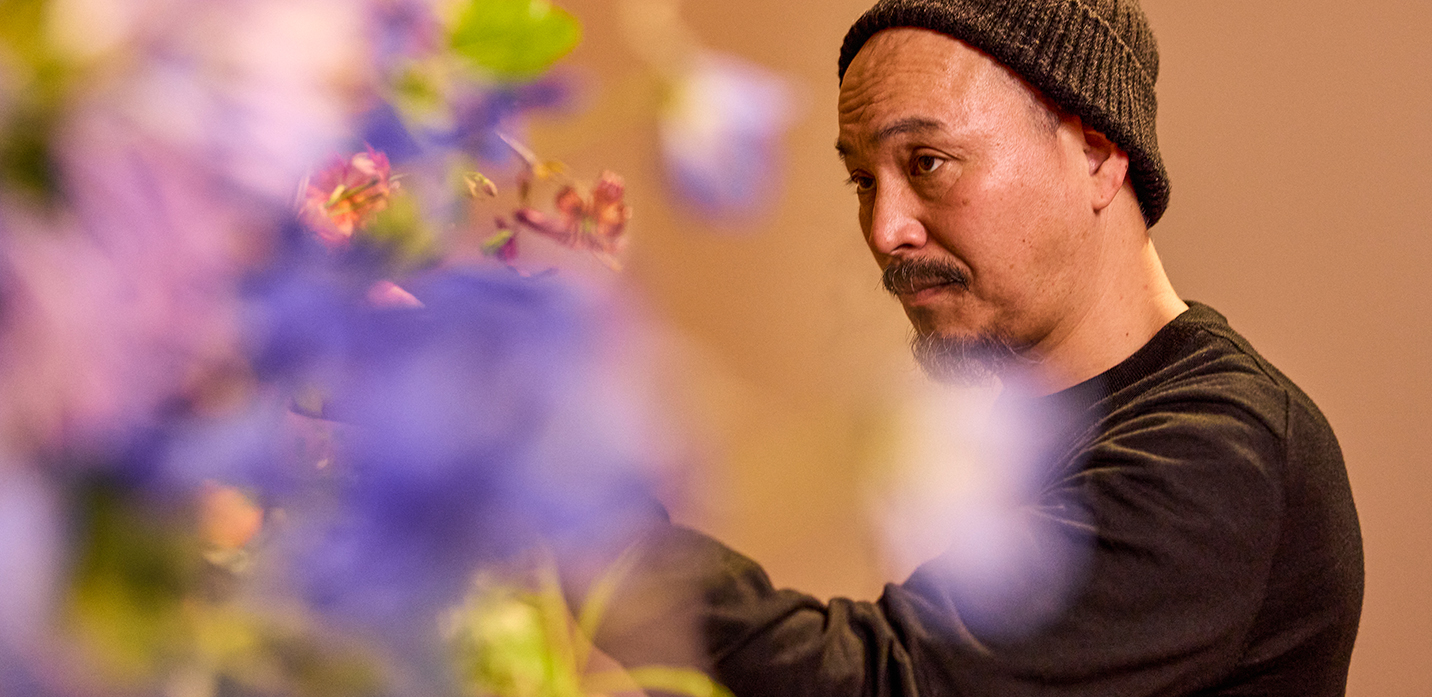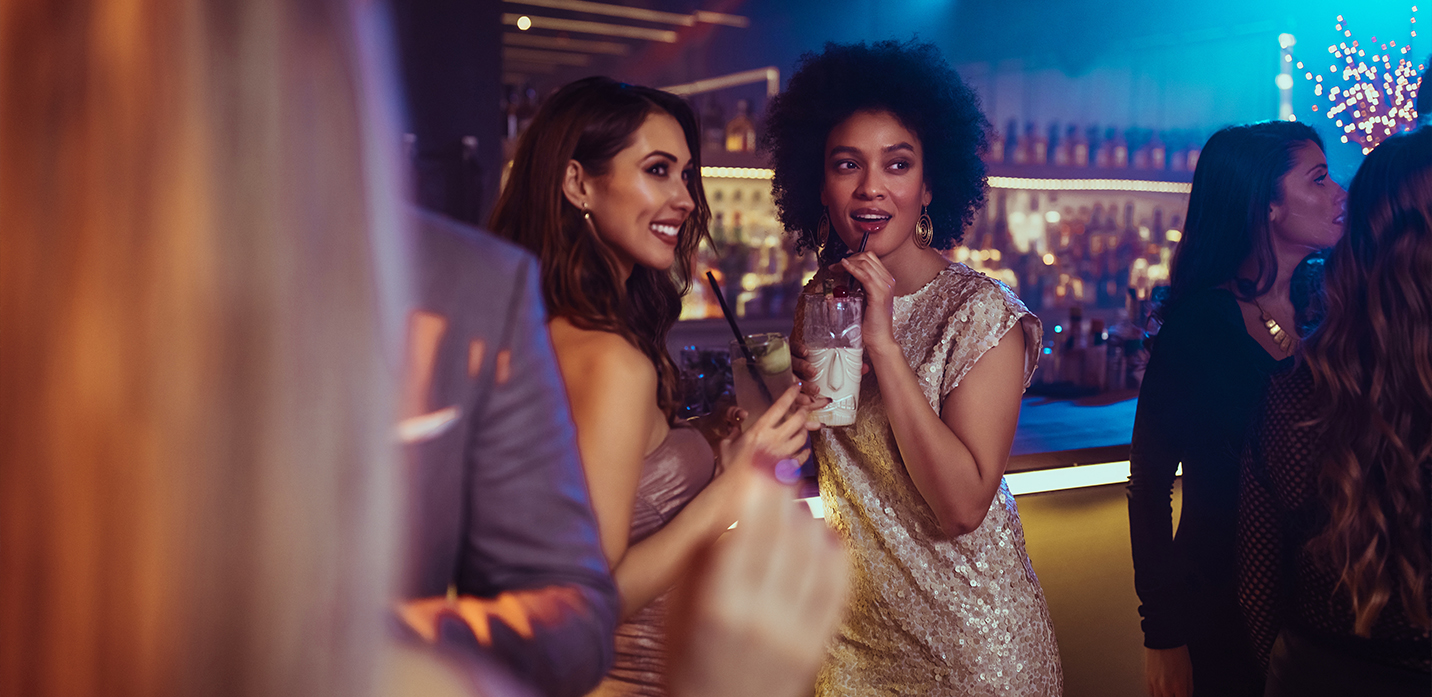How Strategic Partnerships are Shaping Luxury Brand Engagement
As consumer expectations evolve, luxury brands face new challenges in engaging audiences. No longer solely about status and exclusivity, luxury now demands more – personalisation, cultural resonance, and an elevated brand experience beyond purchase. Through strategic partnerships, brands can bring new narratives to existing audiences while unlocking opportunities to reach new consumers.
Culture and collaboration
Luxury brands are forging partnerships that transcend traditional marketing to make connections. Collaborations blending culture, heritage, and modernity are key. Gucci’s Korean art initiative highlights how collaboration can enhance a brand’s relevance in fast-growing markets. The collection was intended to serve as a dialogue between the brand’s heritage and the South Korean market, with local creatives front and centre. Bright Partnerships has been proud to work on Glenmorangie’s Dr Bill Lumsden x Azuma Makoto 23 Years Old. The collaboration, between master whisky creator and renowned floral artist, resulted in a unique cultural intersection between whisky and art.

Bringing brand stories to life
Strategic partnerships are a powerful way to enrich luxury brand narratives, transforming them into aspirational stories that resonate with audiences on a deeper level. Collaborations such as Netflix’s Emily in Paris, which features Vestiaire Collective (a strategic move by the platform for pre-owned luxury fashion to grow its presence in the US market), or Burberry’s Outerwear 2024 campaign featuring a host of talent including footballers Cole Palmer and Eberechi Eze and rapper and actor Little Simz, blend cultural relevance with storytelling that elevates brand visibility and engagement.
Elevating experiences
Mastercard reports that 80% of British consumers value spending on experiences over material goods, reflecting a shift in perception around modern luxury. Marriott International and Sotheby’s Iconic Pieces. Extraordinary Experiences campaign exemplifies this trend with their collaboration, auctioning unique treasures paired with luxury experiences to provide bespoke, immersive moments for collectors and travellers alike. Last year’s L’Oréal x Louvre partnership further redefined how brands experience luxury by combining cultural immersion with storytelling through its De Toutes Beautés tour. Featuring 108 artworks spanning 10,000 years, the tour explores beauty’s practices, representations, and significance across history and cultures.

Beyond traditional boundaries
Innovation is also redefining how luxury brands are designing and behaving, pushing boundaries in areas such as sustainability, technology, and experiential design. Ready-to-wear brand Coperni’s is known for mining the possibilities of technology. Their AW 2024 show featured their out-of-this-world Air Swipe bag, made from NASA’s space-technology nanomaterial, the lightest material on Earth. Luxury hospitality and lifestyle brands JW Marriott’s and Flamingo Estate’s dynamic collaboration reflects the growing demand for wellness-focused experiences among a luxury audience. Offering a Sensorial Journey Rooted in Well-Being, travellers can explore the senses with a nature inspired signature scent, sounds program, and flavour experience. These innovations help brands stay relevant and resonate with evolving consumer trends and values.

The future of luxury brand partnerships
The next era of luxury will be shaped by the convergence of culture, innovation, and experience. Authentic partnerships will connect brands with audiences on a deeper emotional level, differentiating the leaders in a rapidly changing landscape.
To find out how your brand can make an impact in this space, contact Bright Partnerships.


